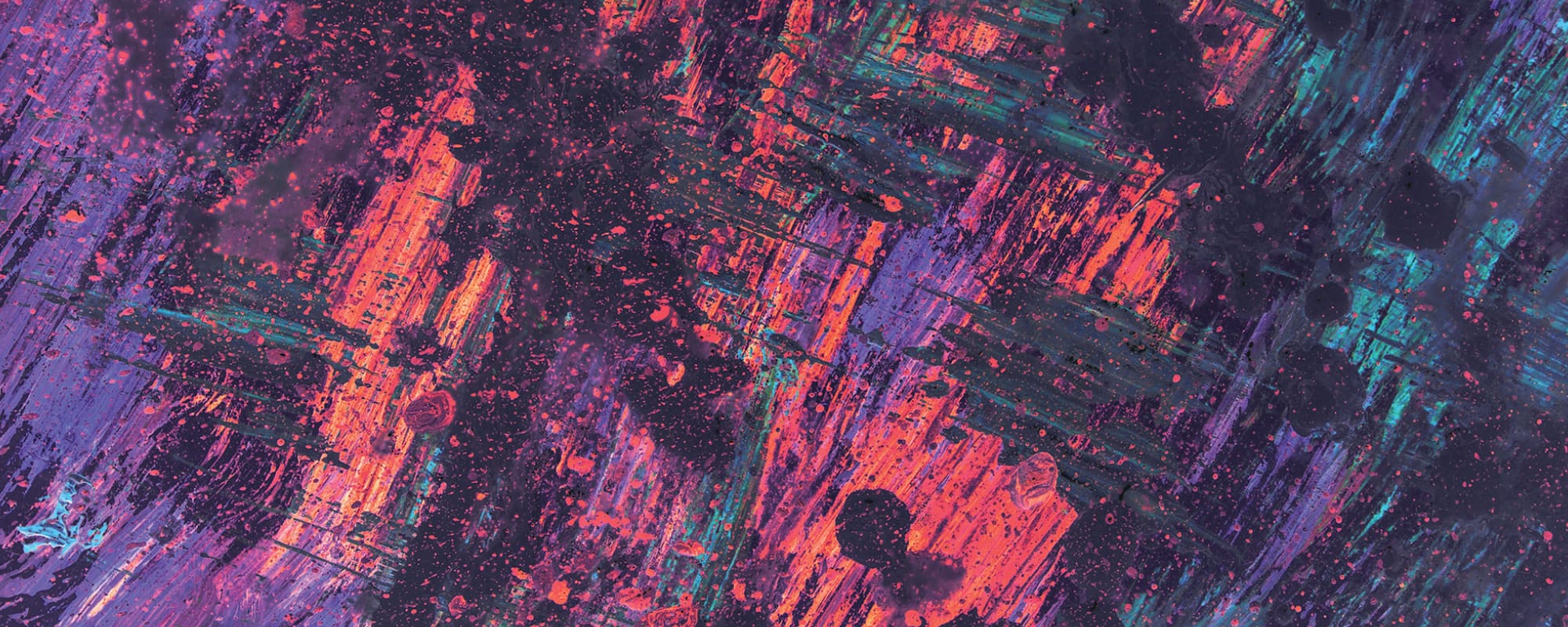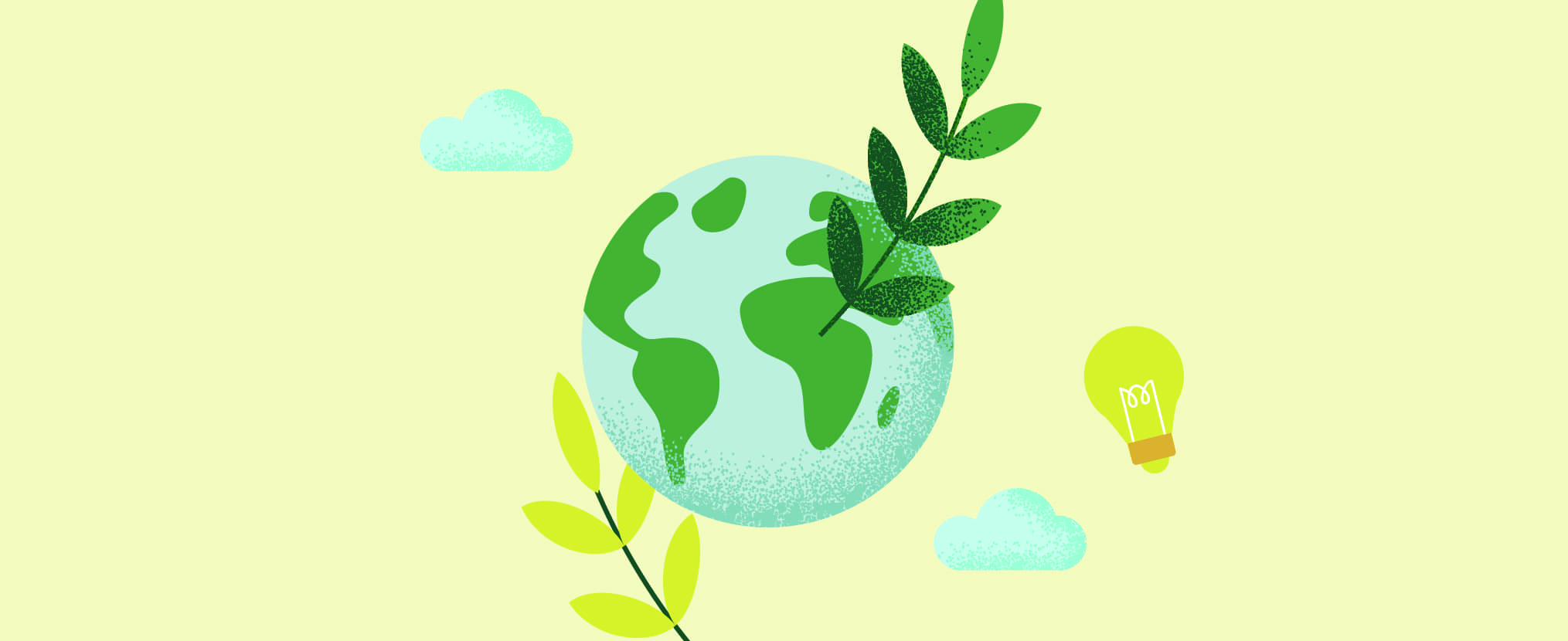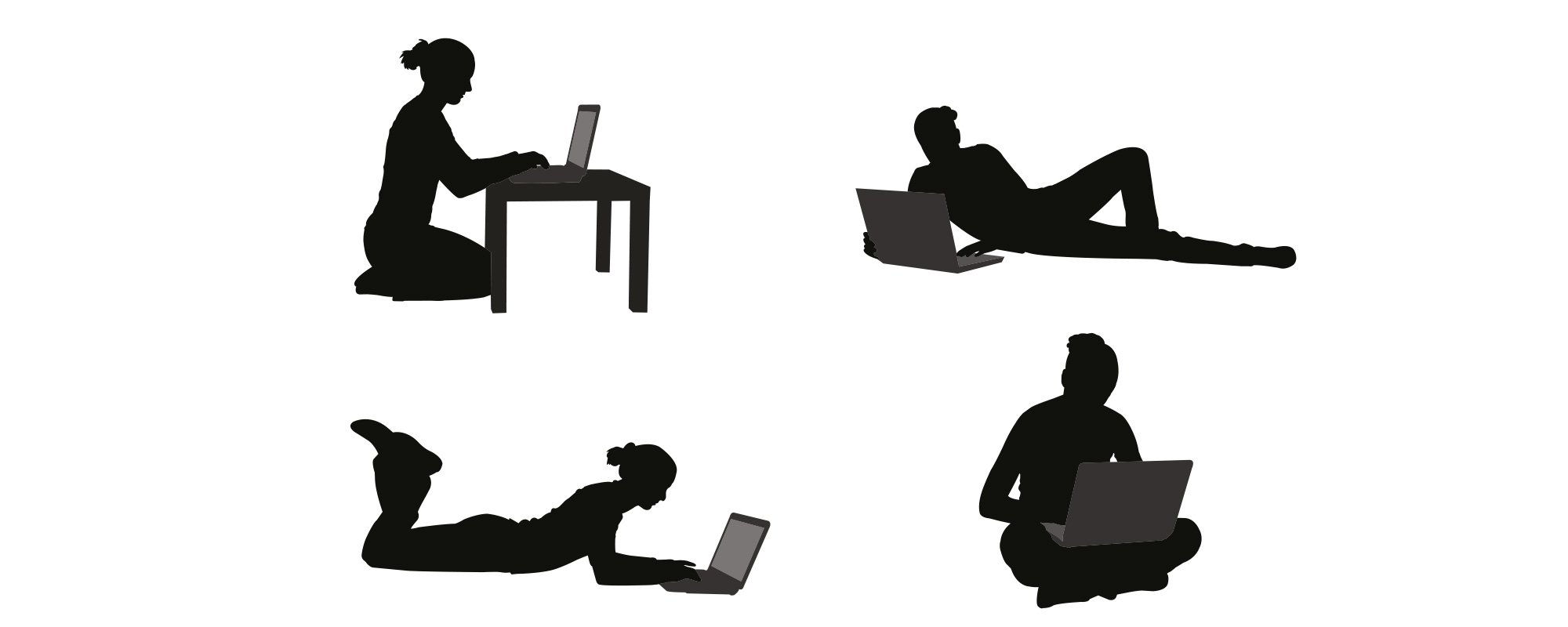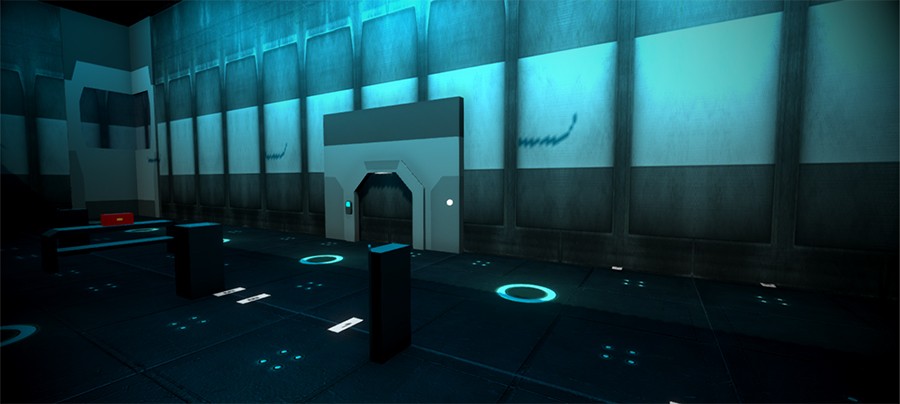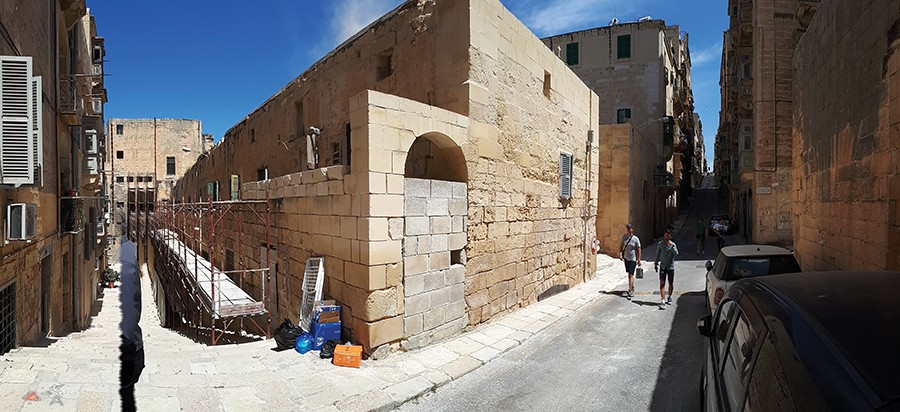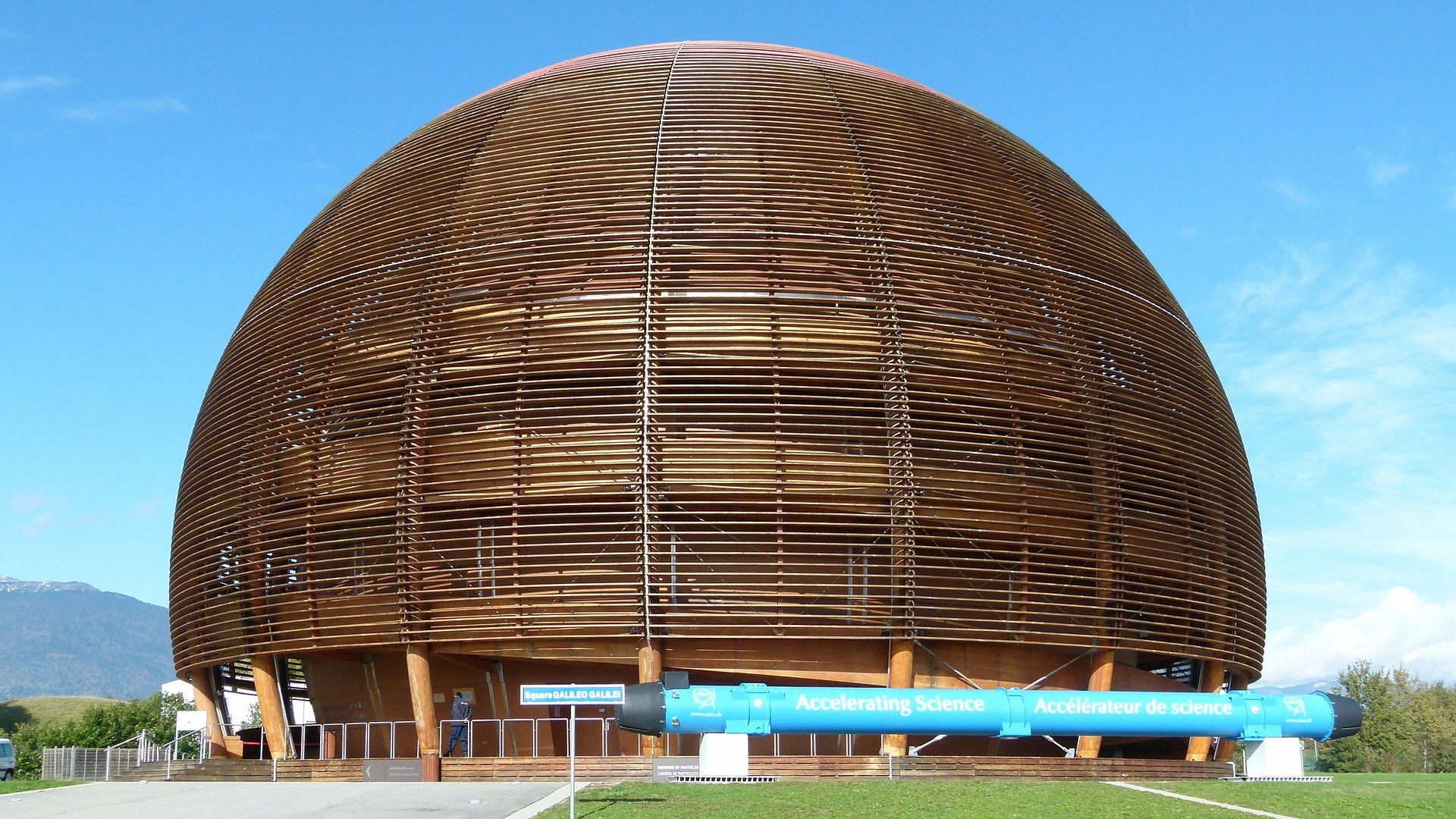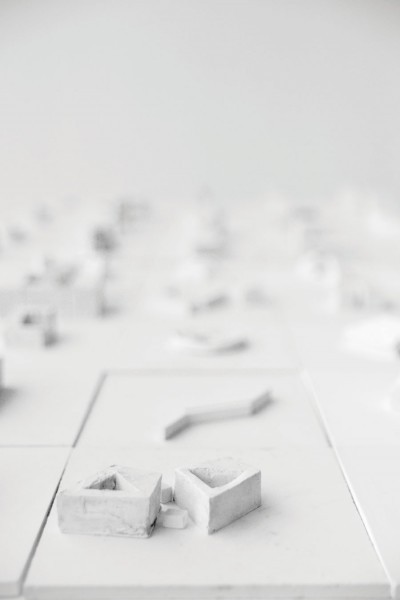As part of their coursework, a group of Media and Knowledge Sciences students following a Bachelor’s of Fine Arts in Digital Arts were tasked with the challenge of rebranding CampusFM, the University of Malta’s official radio station. THINK speaks with Olga Sater, one of the students who worked on the rebranding project, about their journey.
Continue readingSchizophrenia and Art
Schizophrenia is a mental disorder that affects reality perception, but studies suggest that individuals with it tend to have superior creative skills. Art therapy is used to address negative aspects of the disorder and may help diagnose it. Art can serve as an outlet to express what cannot be described in words, and its content can vary significantly between those with the disorder and healthy individuals.
Continue readingEco-Anxiety
Have you ever felt stressed about your future when hearing about environmental issues and climate change in the news? Have you ever felt particularly anxious about the future of humanity and our planet? Well I can assure you, you are not alone.
There is a formal term for this phenomenon: eco-anxiety. The American Psychology Association describes eco-anxiety as ’the chronic fear of environmental cataclysm that comes from observing the seemingly irrevocable impact of climate change and the associated concern for one’s future and that of next generations.’ While this is not yet considered as a psychological illness, it can have numerous mental consequences in some people.
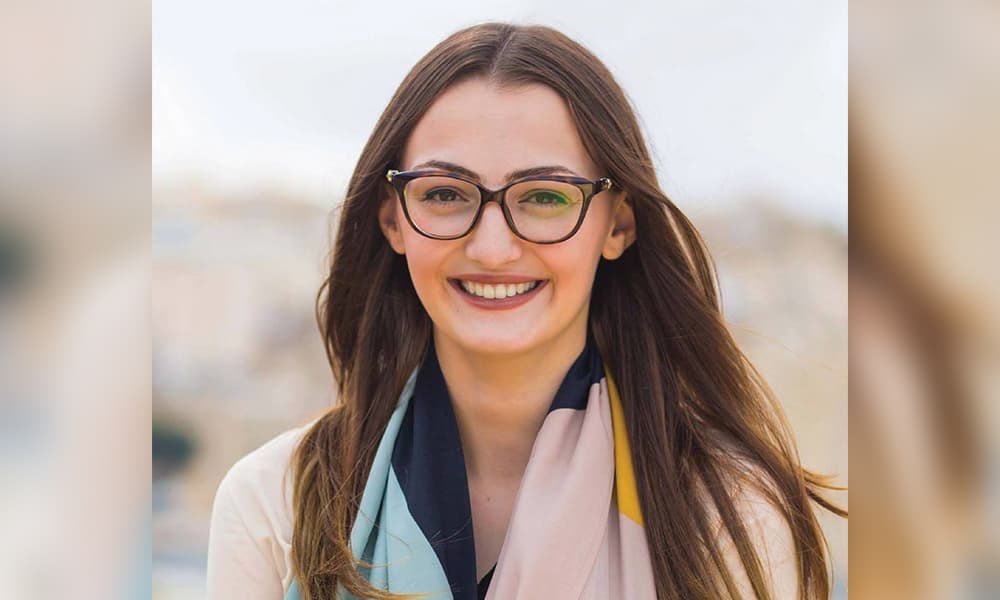
Eco-anxiety does not affect everyone in the same manner. Various studies in the last few years have shown that eco-anxiety tends to impact younger generations the most, mainly children and youths. Surveys show that many young people rank climate change as the most significant societal problem. In one recent study published in The Lancet Planetary Health and conducted in 10 different countries among 16 to 25-year-olds, 59% of respondents stated that they are very or extremely worried, while 84% of participants said that they felt at least moderately worried.
Moreover, the majority of respondents ‘felt sad, anxious, angry, powerless, helpless, and guilty,’ about climate change. Eco-anxiety also tends to be more prevalent among people who are aware of the environment and knowledgeable on climate change. This group feels largely responsible for solving this problem that has been dumped onto its shoulders by governmental inaction and earlier generations.
This might also explain why it is quite common for young students studying in the environmental field to feel the symptoms of eco-anxiety. As a student currently following a sustainability-related course, I am aware that it can get quite overwhelming. In fact, as part of a recent Sustainability Week on university campus, a workshop was organised to help students cope with the symptoms of eco-anxiety. While coping mechanisms vary from one individual to another, these are some things you can try out if you find yourself in a similar situation:
- Explore a healthy outlet to give your thoughts a break through physical exercise, meditation, and deep breathing.
- Share your feelings with friends or note them down in a journal.
- Take tangible action by making small but necessary lifestyle changes.
- Make your voice heard through lobbying, petitions, and marching in the streets, or by joining sustainable organisations.
Social networks to support mental health
The COVID-19 situation has taken a toll on people’s wellbeing. The constant flow of information can amplify the stress. Dr Josianne Scerri and Dr Paulann Grech, together with their colleagues and students, carved out a space on social networks where people could practise self-care – and get their facts right. They share their experience here.
Continue readingCan the EU empower women in Afghanistan
The European Union’s success relies on positive relationships—cooperation and good will is key. The EU’s Development and Cooperation Policy exists to support these connections. Its focus is on external relations, establishing partnerships with developing countries and channelling billions of euros to them every year. The European Commission plays a crucial role in this regard, managing and implementing directives on behalf of the EU. But what do we really know about the effectiveness of EU aid in helping citizens in developing countries? And how far is female empowerment part of this agenda?
In short—we don’t know much!
Research in this area is scarce, and this is what prompted me to tackle this question myself, under the supervision of Dr Stefano Moncada. My specific focus was on assessing whether the EU is committed to gender equality and female empowerment, taking Afghanistan as a case study. I reviewed all the available aid programming documents from the last financial period, and assessed whether the EU was effectively supporting Afghanistan to achieve the fifth Sustainable Development Goal (SDG) of gender equality. I adopted a mixed-method approach, using content analysis and descriptive statistics. Basically, this meant coming up with a very long list of keywords related to gender, and checking how many times these words appeared in the policy documents. Whoever invented the ‘ctrl + F’ function saved my academic life!
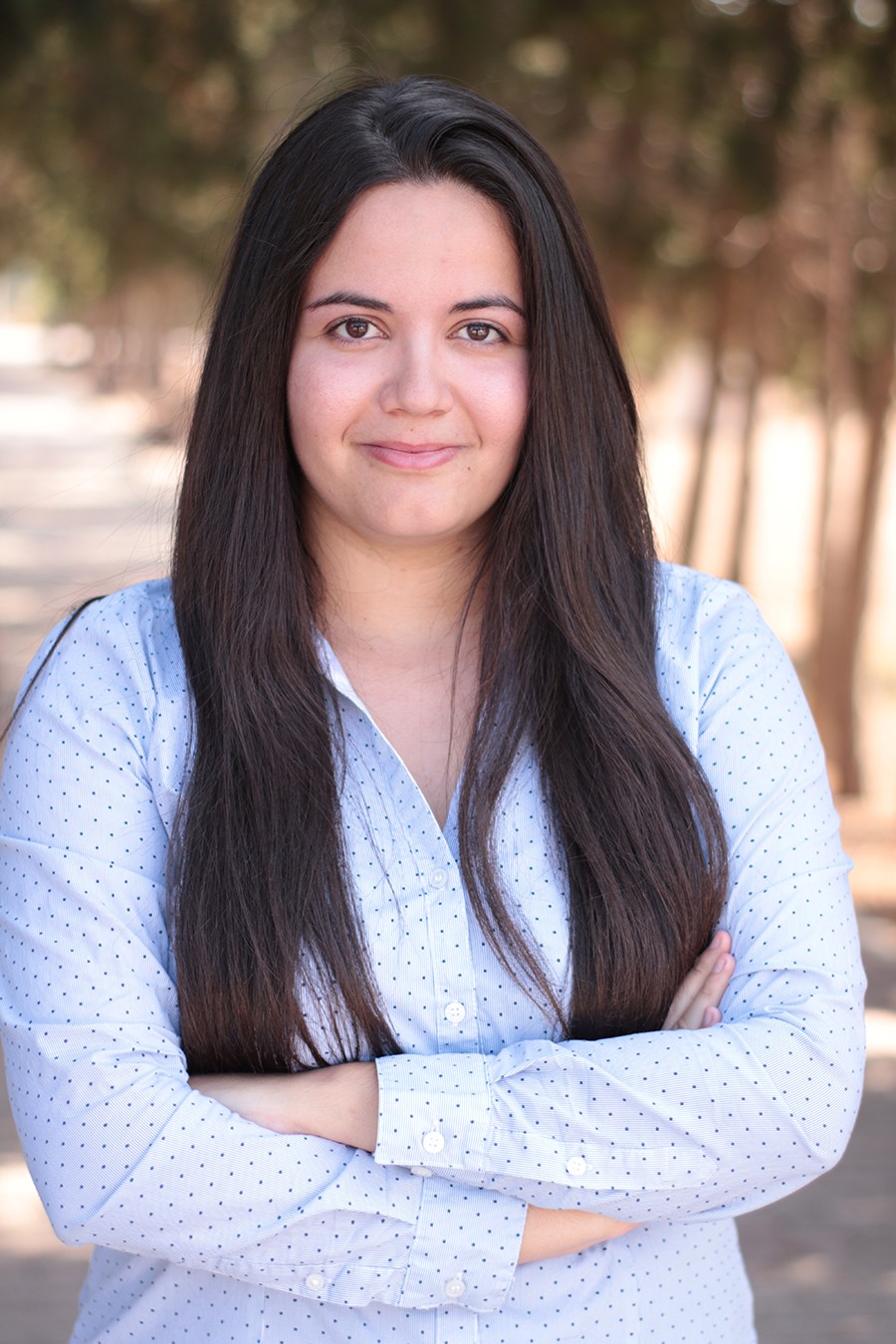
The results of my research were pretty surprising. I found that the EU is now focusing much more on gender empowerment on the ground in Afghanistan than it did a few years ago.
According to my data, and when comparing this to previous studies, it appears that the EU’s commitment to supporting this goal is growing over time. However, I also found that there is substantial room for improvement, as the attention given to such issues is rather conservative, and not equally balanced across all the SDG targets. For example, the need to increase women’s employment is mentioned many more times than the need to support female education or political participation. This is surprising as education is key to many other improvements in wellbeing. Nevertheless, I believe the overall results are encouraging and important, not only to highlight improvements in the effectiveness of the EU’s development and cooperation policy, but also in reply to a growing sentiment that puts into question the EU’s capacity to manage, and lead, in key policy areas. We can only hope that this continues exponentially.
This research was carried out as part of a Bachelor of European Studies (Honours) at the Institute for European Studies, University of Malta. The dissertation received the ‘2018 Best Dissertation Award’.
Author: Rebecca Zammit
Insurance industry roots
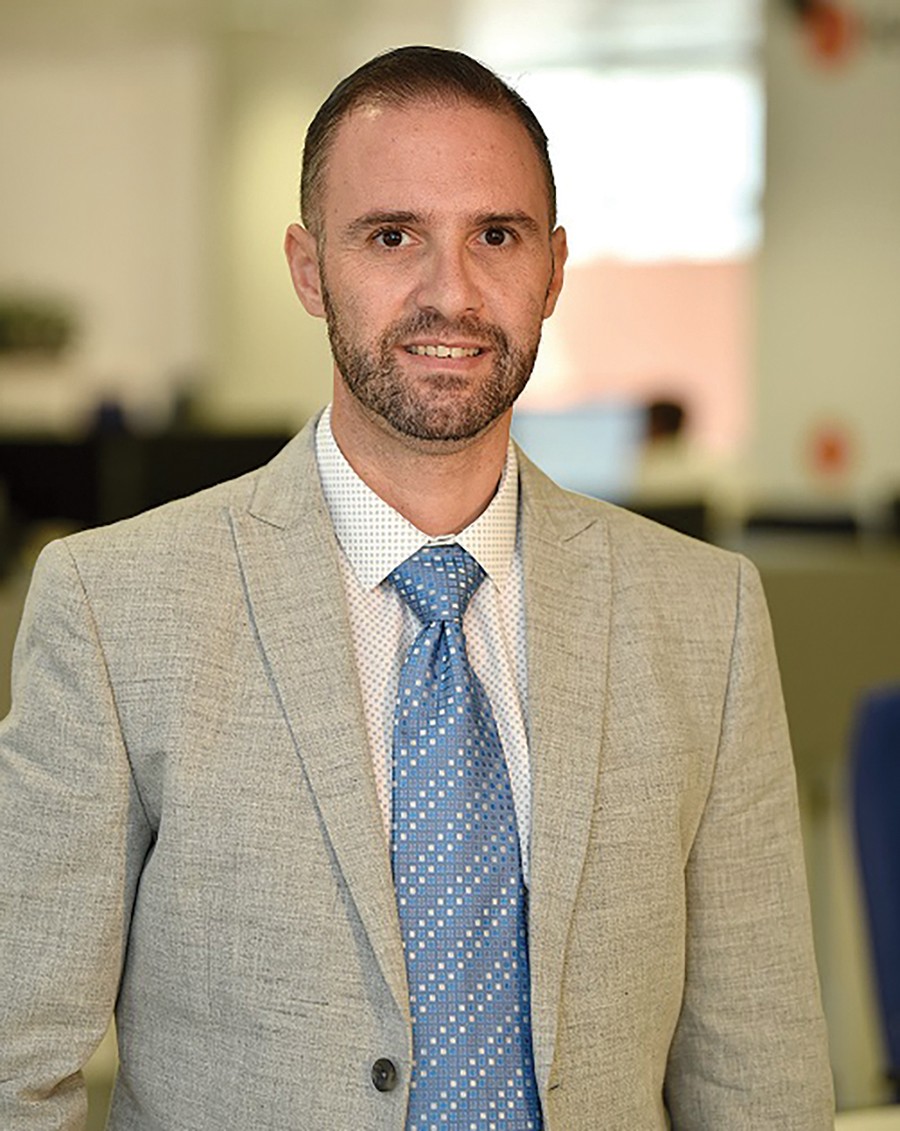
Everybody wants peace of mind. From the moment we lock the front door before going to work, to the second the car’s ignition turns off when we get back. Insurance makes that possible.
Insurance is one of the largest sectors of the Maltese financial services industry and a major pillar of its economy. Despite this importance, there is a research gap. Most historical records I referenced when looking into the history of insurance in Malta hinge on maritime history and historical accounts of bustling ports and the activity surrounding them.
My research aim was to initiate the first project actively chronicling the key contributors and events in Malta’s insurance industry. I started with methods used by the earliest inhabitants of the island, tracing its roots in maritime trade, followed by the emergence of more complex and sophisticated insurance services and products.
Reference to insurance in Malta can be traced back as early as 750 BCE, the time of the Phoenicians. The earliest known insurance contract I found was dated to 1524, around 12 years before the oldest contracts known prior to this study. Intra and extra-territorial socio-political, economic, and regulatory events have strongly contributed to the development of insurance and have forged it into the industry it is today.
Through a series of semi-structured interviews, backed up by findings from empirical literature and archival research, I made some key discoveries. For example, after the Knights of St. John settled in Malta, Maltese farmers fearing a Turkish invasion sought security (insurance) from their landlords through contracts. I also found that in the 1980s, a very specific insurance existed for racing horses. These valuable insights are being published by Emerald publishing (London).
Understanding the past’s lessons is the best way to prepare for the future.
This research was carried out as part of an M.A. in Insurance and Risk Management, Department of Insurance, Faculty of Economics, Management and Accountancy, University of Malta.
Author: Mark Lawrence Zammit
Escape the (Virtual) Room!
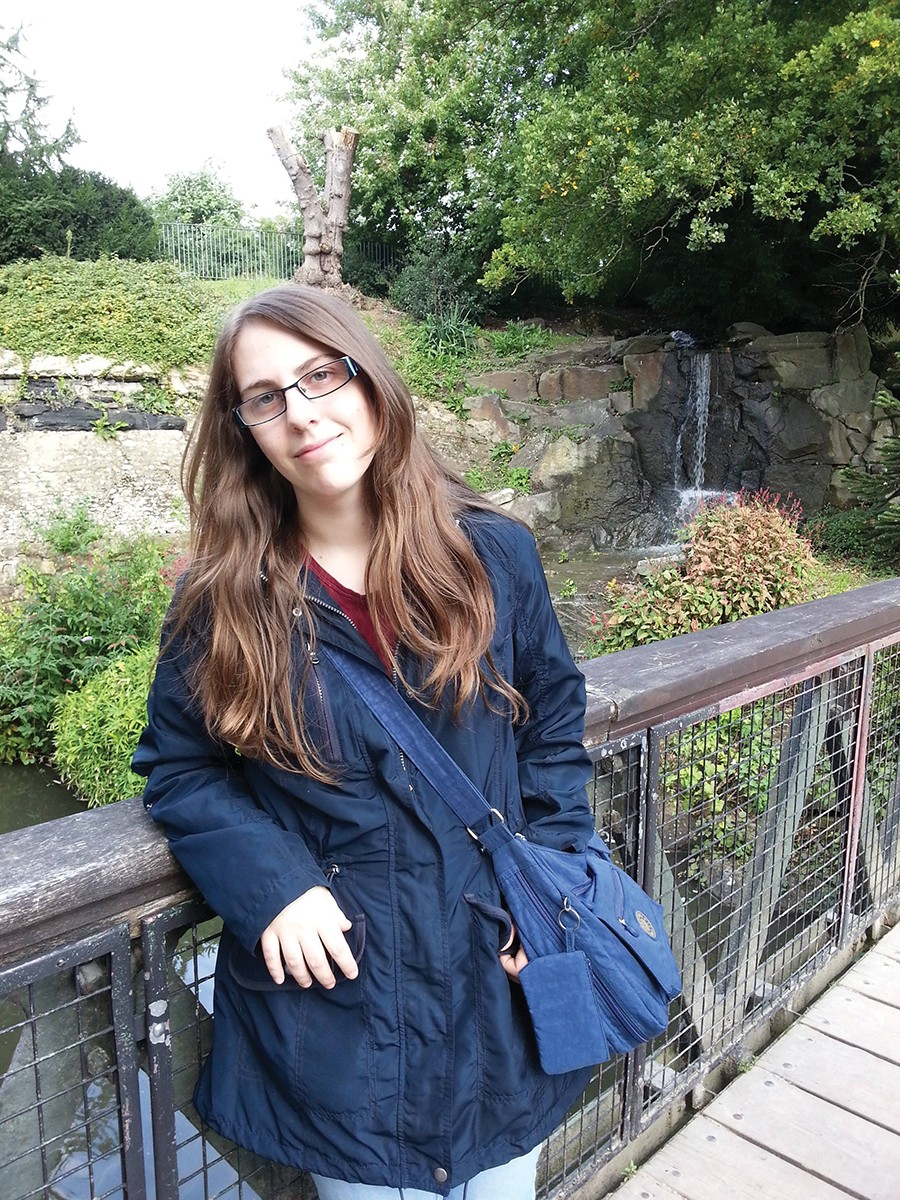
Virtual Reality (VR) has created a whole new realm of experiences. By placing people into varied situations and environments, VR enables them not only to explore, but to challenge themselves and gain skills in ways never thought possible. With applications in medical and psychological treatment, VR is now being used to train surgeons, treat PTSD, and to help people understand what it’s like to be on the autism spectrum. The key to this application is VR’s ability to immerse its users.
Many agree that immersion needs two key ingredients: a sense of presence and interaction with the environment. Interaction comes in three main forms. Selection is about differentiating between items in the environment. Navigation allows travelling from one point to another and observing the environment. Finally, manipulation lets users grab, move and rotate selectable items. In addition to this, VR applications need a setting. Supervised by Dr Vanessa Camilleri and Prof. Alexiei Dingli, I chose to use escape rooms (adventure games where multiple puzzles are solved to leave a room) to experiment with these interaction techniques.
I used escape rooms because they’re highly interactive and naturally immersive systems. And since interaction isn’t a one-size-fits-all scenario, I also applied procedural content generation (PCG) techniques to create the escape rooms themselves.
People selected items using a reticle, a small circle in the middle of the screen which expands or contracts to indicate which objects they could interact with. They navigated the space by looking around through the VR headset and moving their joystick. They manipulated puzzles from a separate screen which I layered on top of the escape room. This allowed them to inspect objects to their heart’s content, while also reducing the amount of clutter in the room.
Since there was no previous work in PCG escape rooms, I had to pave my own way. I used a genetic algorithm, a machine learning algorithm that mimics evolution in biology to select the best solution to a problem, to determine which puzzles and items would be placed in the escape room. I also programmed the game to create the rest of the room, placing floors, ceilings, and everything else that the algorithm didn’t consider. This made the space look like it had been made by an actual person, despite being created through AI.
From the results gathered, most people found that the system allowed them to explore the VR environment in a very natural way. Players said that the room’s generated interaction was consistent, reliable, and fun.
Understanding immersion is critical for VR’s future applications. If we can help people hone these techniques by creating a few games along the way—so be it!
This research was carried out as part of a Bachelor of Artificial Intelligence at the Faculty of ICT, University of Malta
Author: Natalia Mallia
Openness: The case of the Valletta Design Cluster
Valletta should be a unique experience, open to all. This is Valletta 2018’s key vision for the bustling capital. A group of people focused on making this a reality is the Valletta Design Cluster team. Located at the Old Abattoir site in Valletta, the initiative is going to create a community space for cultural and creative practice. Words by Caldon Mercieca.
According to Anna Wicher from the PDR International Centre for Design and Research, design is ‘an approach to problem-solving that can be applied across the private and public sectors to drive innovation in products, services, society and even policy-making by putting people first.’ This people-centred approach to design is not just a theoretical framework, but a concrete method that engages people in a co-creative process.
By bringing together people active in the cultural and social spheres, we want to have a concrete and meaningful impact on Malta’s diverse communities. We aim to provide support for students, start-ups, and creative enterprises and give social groups the necessary tools to empower those with different interests who nonetheless share the common purpose of using creativity for the social good. We also want to provide a new networking space for everyone. From students, to cultural and creative professionals, to residents, budding businesses and civil society groups, everyone will be welcomed at the Valletta Design Cluster.
This philosophy of openness and diversity is one that has permeated every aspect of the project from the very beginning. Over the past three years, we have consulted with residents, students, schools, higher education institutions, artists, makers, and creatives to build the vision for the space. A range of public and independent organisations are also contributing to the project, providing both expertise and generous support.
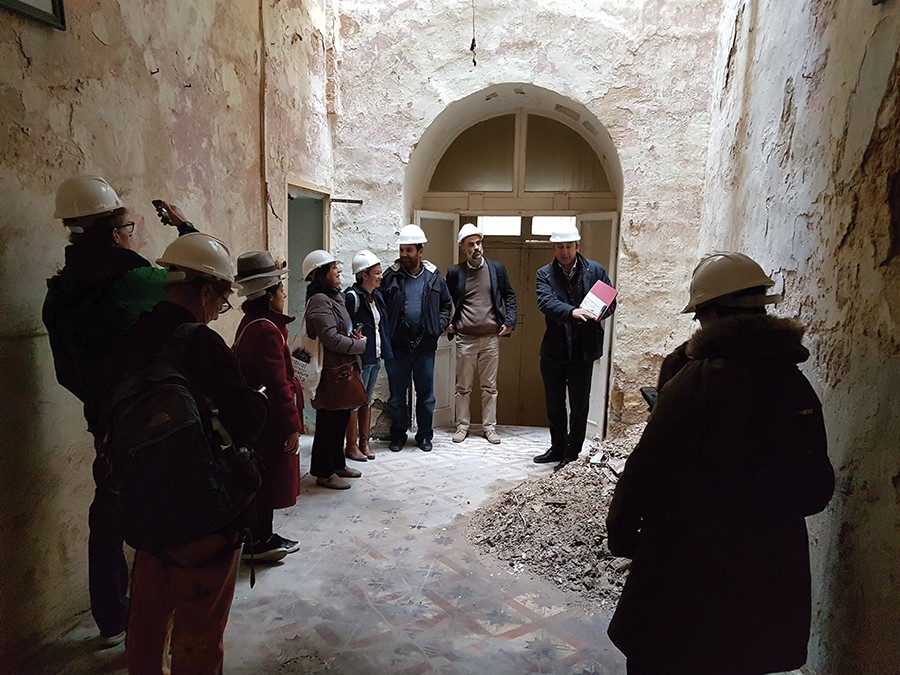
Thanks to the support from the European Regional Development Fund, the physical space for the Cluster as well as the urban public spaces around it are currently undergoing serious regeneration. Once finished, the Cluster will have a range of facilities, which were decided on following consultation with potential users. It will include a makerspace, coworking spaces, studios, a food-space, several meeting rooms and conference facilities, an exhibition space, and a public roof garden. All of these facilities have benefitted from input contributed by various potential users, by residents, and by organisations that have been interacting regularly with the team working on the Valletta Design Cluster.
We believe that a community can only truly reach its potential when it opens itself up to collaborations which share a common goal. This does not mean turning a blind eye to the challenges faced by the community on a daily basis, or to the ever-evolving scenario that surrounds it, but rather cultivating a readiness to learn, an aptitude to develop networks built on trust, and a capacity to address problems with a practical, positive, can-do attitude.
One valuable experience we are developing with our community stakeholders is Design4DCity. This annual initiative, which the Valletta Design Cluster team started back in 2016, sees creatives, residents, and local authorities joining forces to rework and improve a public space. We worked with the Valletta community in 2016, and continued with the Birżebbuġa community in 2017. In 2018 we plan to work again in Birżebbuġa as well as in Siġġiewi, and will involve children and young people in our public space projects. Such initiatives are providing very important insights into the application of collaborative, co-creative approaches involving multiple stakeholders.
But the work of the Valletta Design Cluster is not restricted to the restoration or transformation of space. For the past three years, we have collaborated with the Malta Robotics Olympiad, teaming up with artistic curators and student organisations from the University of Malta (UM) to design and construct the pavilion for Valletta 2018. By the end of the project, participants had constructed a fully-recyclable 300 square meter pavilion and presented it to the public. This year we also supported SACES, the architecture students’ association at the UM, through a number of design and construction workshops. Branching out, we have done work with a number of creatives from various backgrounds in projects involving video-capture, artifact-curation, narrative development linked to cultural identities, and flexible use of available space through appropriately constructed spatial modules.
Several workshops have also been held where project stakeholders were fully involved in training sessions, with the aim of building skills in user-centred design, applied to specific contexts. This meant interacting with students, researchers, creatives, residents, and organisations in developing what the Cluster can offer. One tool used in this process is the construction of a user persona, where the characteristics, interests and concerns of the user are gathered through interaction with potential users of a service. Students from a number of faculties have also provided their input in this process through dedicated workshops at the UM.
They also stressed that the Cluster needed to serve as a catalyst for networking and for strengthening entrepreneurial skills for people working in the creative sector.
All of this has become possible thanks to continuous collaboration and international networks which have contributed their resources to our projects. To assist us in this, the Valletta 2018 Foundation has joined Design4Innovation, an Interreg Europe project bringing together eight European countries all working towards using design to benefit society.
While we have been on the receiving end of a lot of support, translating our philosophy of openness into practice involved an element of risk. During a series of tours that we organised on site for potential users of the Cluster, we had to be open to various views and perspectives about what the Cluster could be. Participants highlighted issues related to accessibility and affordability as key concerns. They also stressed that the Cluster needed to serve as a catalyst for networking and for strengthening entrepreneurial skills for people working in the creative sector. In some cases, we had to revisit some of our plans and open new discussions with the architects to made adjustments. On other occasions, we called people in again to discuss their ideas further and see how we could integrate their suggestions into our vision.
Although we speak of cultural and creative industries, we should realise that the average number of people working in any single company is two. Indeed, 40% of designers in Malta are actually freelancers. The challenge for the Valletta Design Cluster here is to ensure flexibility and adaptability both in the physical infrastructure as well as the management of the Cluster. In this way, we can make the facility relevant for our users’ current needs, as well as cater to future ones.
The next stage in understanding our community of potential users better is to work together on the creation of a Design Action Plan. The Design Action Plan will highlight concrete actions to be undertaken by the Cluster during the first three years of its operation. It will serve as the main reference tool to structure the Valletta Design Cluster’s interaction with its community of users, practitioners, enterprises, and beneficiaries. Based on this open process, the Valletta Design Cluster aims at establishing itself as a new community-driven platform for cultural and creative practice in Malta.
Author: Caldon Mercieca
Borderline
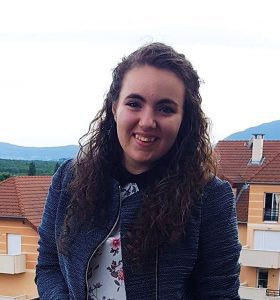


At the European Organization for Nuclear Research (CERN), an army of researchers from around the world are studying the very structure of our universe, starting from the very basic constituents of matter: the fundamental particles.
CERN has some of the largest laboratories in the world, boasting cutting-edge purpose-built instruments like particle accelerators and detectors. It therefore comes as no surprise that, when lecturers from the G. F. Abela Junior College’s Physics Department announced they were organising a visit, all the positions available were quickly snapped up.
There was a recurring theme present throughout our CERN experience: ‘borders’. During our stay, we crossed the Franco-Swiss border several times from our lodgings in France to CERN in Switzerland. Coming from a small islandstate, where any inter-country travel requires a plane or boat ticket, it was a little surreal being able to put our passports away and walk to Switzerland.
The visit helped us reflect on the boundaries we create when trying to study how nature works. We compartmentalise topics into physics, chemistry, or biology, when really these topics are all one large subject seen from different viewpoints. This was most evident in the permanent exhibitions at CERN that touched on topics including atomic structure, PET scans, and the development of computer technology at CERN. There were no borders between the different subjects we studied in different departments back at Junior College.
During this amazing week, we experienced tours of the facility using CERN’s own transport. Many of the researchers use bicycles, taking advantage of all the green areas. We saw dedicated individuals working together for the good of the world, no matter their colour or creed. They overcame yet another border: a cultural one. Their mission is simply to produce outstanding work that will help us understand the universe around us.
The trip opened our eyes in many ways. As a group, we learnt together and supported one another when needed. We shared ideas. Discussed. We were our own mini-unit. With an understanding of this dynamic and all the fields involved, some of us have even been inspired to add a new goal to our list: join the team at CERN.
Authors: Maria Victoria Vella, Josephine Vella and Karen Muscat
This visit was made possible thanks to our sponsors: Liquigas Malta Ltd, Mizzi Motors, and Buzzer Stationers & Publishers. We wish to thank our lecturers for organising the experience, namely Ms. M. Soler, Ms. A. Vella, Mr. C. Busuttil, Ms. L. Bonello, and Ms. E. Bugeja.
Creative playground
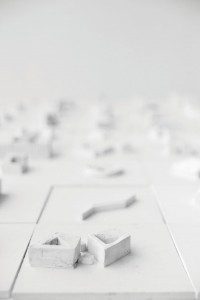
The Diploma in Design Foundations Exhibition highlights the yearlong visual and creative process of 80 students. It is a study in representation, composition, and perception of space. Pencil drawings, typographic prints, cast sculpture houses, and panoramic landscape photography fill the studio space.Continue reading


